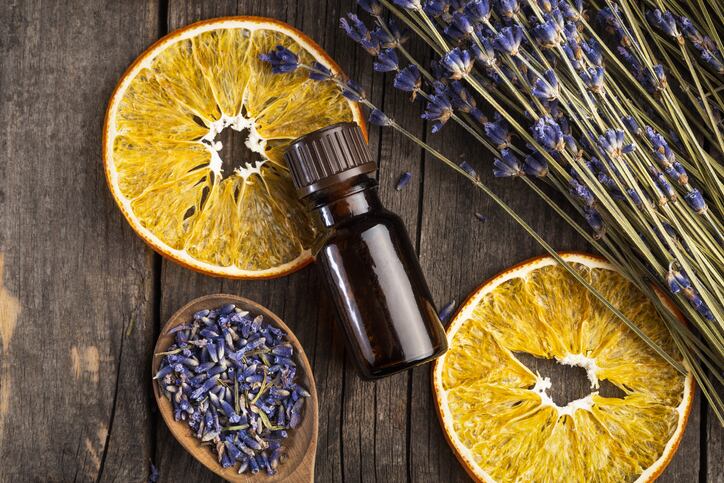A paper was published in Cosmetics by a research team out of Spain and Argentina, Guzmán et al, which summarized the current body of knowledge on the use of essential oils, and components of essential oils, in cosmetics and beauty products.
Guzmán et al said natural ingredients have been long used in cosmetics, but recent consumer sentiment and international regulations have pushed the 'natural beauty' segment to grow, making up around 10% or $40 billion of the current global market.
Essential oils have long been used in fragrance, as they are high in aromatic compounds, but the research team said their antioxidant, bactericidal, virucidal, fungicidal, antiparasitic, insecticidal and medicinal properties offer broad utility in personal care.
“This has pushed the essential oil usage range beyond the fragrance world, and nowadays they are widespread in products for hair and skincare, as well as natural preservatives in many formulations, leading to an almost endless list of uses which is continuously growing,” Guzmán et al said.
Uses in fragrance, hair and skincare
Many essential oils have been an important part of fragrances for a long time, providing more than 300 base, middle and top note scents. They have also posed as a solution for covering strong and unpleasant smells of other ingredients, like in anti-dandruff shampoo, and can provoke “moods and sensations” like cleanliness, Guzmán et al said.
Outside of scent, essential oils like lemon and orange have antiseptic properties, which makes them promising candidates for cosmetic active ingredients. Other essential oils may prove useful in skincare with anti-acne, anti-aging, skin lightening, and sun protection characteristics.
In scalp care, characteristics like antibacterial, antifungal, anti-inflammatory and antioxidant properties are promising.
Essential oils also have preservative properties and can be used alone or in combination with other preservatives to protect against bacterial and fungal growth.
The paper lists scalp care, hair growth, brightening and color fixation in hair, prevention of hair loss, acne care, moisturizing, anti-aging, UV and SPF protection, and preservatives application among potential cosmetic uses.
Safety and extraction concerns
While the cosmetics industry has already started to develop broader uses for essential oils and their components, Guzmán et al warn a fair amount of research and use-specific testing is still very much needed.
“The important role of essential oils in the current development of cosmetic industry towards greener and eco-sustainable products cannot mask the safety issues associated with the use of essential oils in the final products, which makes it necessary to take care of their dosage,” Guzmán et al said.
Essential oils pose both allergenic and chronic toxicity risks for consumers, meaning dosage and application need to be carefully considered and monitored. Guzmán et al said many of these safety concerns can be due to low quality or low-grade extracts.
They said current techniques at detecting adulterated essential oils have not stopped their expansion in recent years and that adulteration techniques have improved, meaning there must be case-by-case analysis.
Some essential oils simply pose a greater risk of safety or use problems, like those which cause greater photosensitivity or with greater allergenic power.
“Despite the potential allergenic character of essential oils, it should be noted that the comparison of the number of allergic reactions upon application of these substances with their wide application makes possible to consider their use in cosmetic products as safe except for a small population of susceptible individuals,” Guzmán et al said.
The paper also noted that, while there are a number of essential oil extraction methods, depending on the plant of origin, there are no techniques “providing the required versatility for allowing the isolation of essential oils with characteristics tuned at will.”
The quality and composition of a given essential oil are also dependent on the specific plant, plant species, harvesting time technique and other factors.
Source: Cosmetics
Author: E. Guzmán et al
Cosmetics 2021, 8(4), 114; https://doi.org/10.3390/cosmetics8040114
Title: Essential Oils and Their Individual Components in Cosmetic Products

